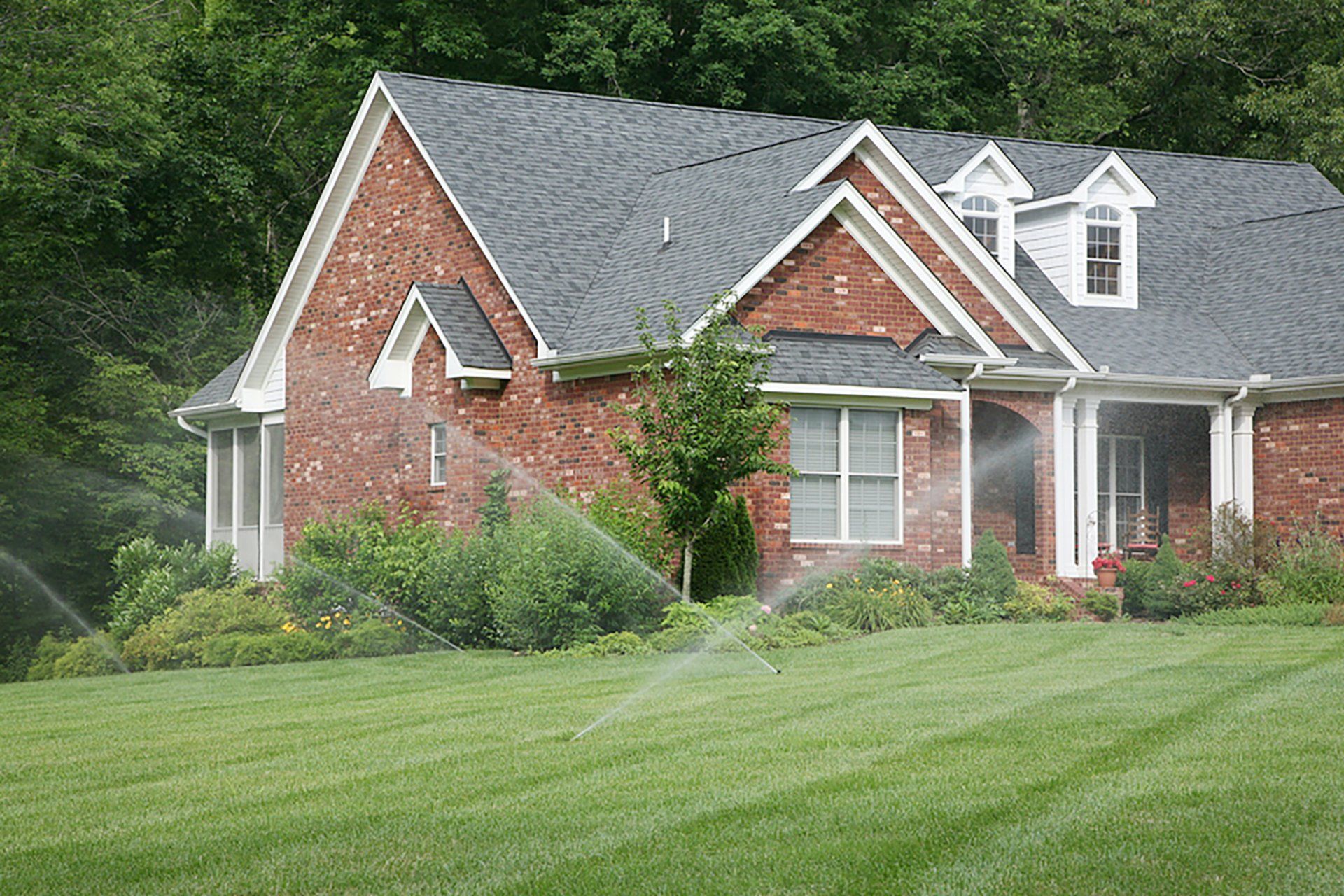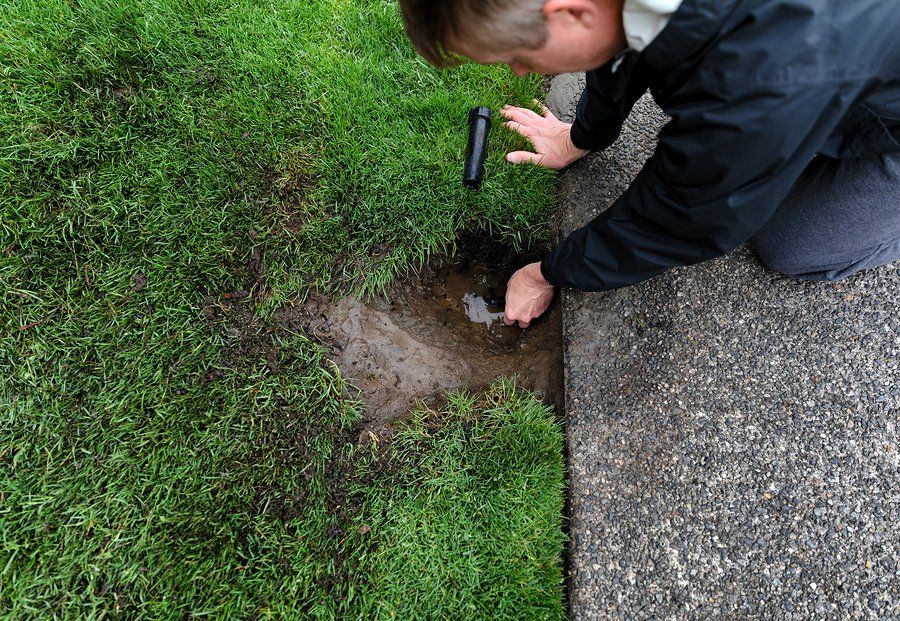Sunlight & Your Landscape
How a change in sunlight can affect your landscape.
As seasons change along with our distance from the sun, so does the lighting on your landscape. Different positions of the sun changes the shade provided by trees, shrubs, buildings, and fencing.
Some grasses might thrive in shady areas for a while, but often the grass becomes thinner leaving bald patches in your lawn.
All plants require sunlight to grow, but the amount and intensity of light needed to prosper can be different. Plant labels identify the amount of sun a plant requires as full sun, part sun, part shade or full shade as defined:
- Full sun – plants need at least 6 hours of direct sun daily
- Part sun – plants thrive with between 3 and 6 hours of direct sun per day
- Part shade – plants require between 3 and 6 hours of sun per day, but need protection from intense mid-day sun
- Full shade – Plants require less than 3 hours of direct sun per day
With the hotter days we are experiencing, shade-loving plants could struggle if planted in the wrong place. Some plants thrive in the morning sun rather than the hot, afternoon sun from the west.
Even flowering plants might stop blooming when shade starts covering areas that had received greater amounts of sunlight. Over-watering and/or over-fertilizing is often the method used to address the change in plants which aren't receiving the amount of sunshine needed to thrive.
Over-watered plants could result in root rot, wilting, yellow falling leaves or brown leaves. Plants could die due to excess absorption of water by the plant roots.
Too much watering of the plants may result in root rot, wilting, yellow falling leaves or brown leaves. In some cases the plants may die due to excess absorption of water by plant roots.
Will watering your garden in the midday sunburn your plants?
Scientists recently confirmed that water droplets can burn certain plants when watered in the midday sun. What causes the sunburn? The droplets act as a magnifying glass which can cause plants with hairy leaves, that tend to hold water droplets, to be sunburned.
How to Protect Plants from Sunburn
Slower exposure to bright sun is vital to promoting sun resistant leaf development and preventing plant sunburn damage. You can protect your plants from sunburn. However, once leaves are damaged, all you can do is support the plant until it starts to grow new, stronger leaves.
If your plants are suffering from too much sun, use a sunshade to restrict their exposure. Slowly give them more time each day with the sunshade removed until they get stronger. Usually this process takes about two weeks at which time your plant should be ready for the sun. While your plants with sun damage are struggling to recover, be sure to water and feed these plants.




